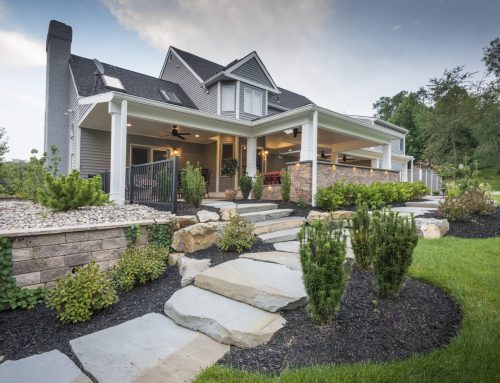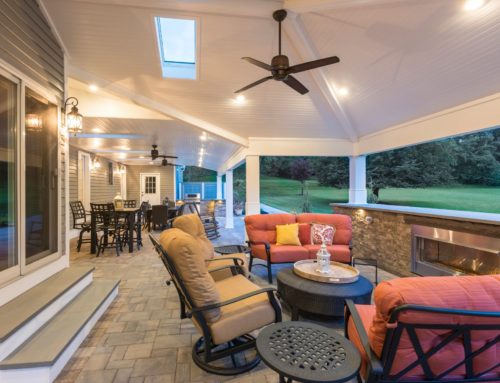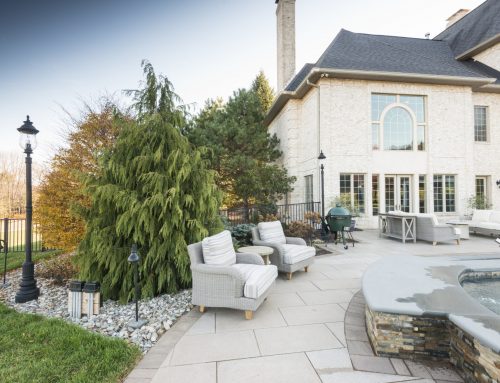If you’re like most people, by the time you can see Thanksgiving Day on your calendar, yard maintenance begins to dwindle as you start to spend more and more time indoors. Sure, there are improvements that you want to make to your yard, but you should wait until spring or summer, right?
Maybe not. It’s a common misconception that you can’t hire a landscape contractor in the winter. In fact, winter is an ideal time to get plenty of outdoor projects started, and in some cases, even completed. Best of all, landscape contractors aren’t limited by the typical high volume of work that accumulates in the spring and summer, meaning that you can circumvent backlogs and delays by utilizing the entire calendar year when you think about your property’s potential.
Planning
Just because the ground is frozen doesn’t mean your projects have to be. If you wait until spring or summer to start planning, you’ll miss out on an entire season of using your yard’s fresh features. Now is prime time for laying out the groundwork for upcoming projects so that you can maximize your enjoyment time outdoors.
Whether you’re thinking about adding warm social spot to your property with a fire pit, enhancing the acoustic ambience with a waterfall, or creating levels to your landscape with retaining walls, winter is the perfect time to plan so you can get started as soon as the weather breaks.
Use this valuable time to identify your needs, meet with a landscape contractor and sketch out your concept, ensure that it’s buildable, develop your final budget, apply for permits, and iron out the details.
Decks and Porches
Anyone who’s ever embarked on home improvement can attest that it has to look worse before it looks better. Yard construction and landscaping jobs can often be messy and make certain areas of your property unusable or inaccessible, but the benefit of building in the winter is that your yard most likely isn’t in use. Starting a project won’t interfere with warm weather projects, outdoor entertaining, or kids’ playtime.
Traditional construction jobs with lumber or lumber-like framing materials aren’t influenced by frost in the ground. And, once the temperature rises, you can start sitting out and entertaining on your new outdoor living space right away.
Retaining Walls
Dry laid, flexible retaining walls can be built during the winter so that when the seasons change, you can get right to planting for a picturesque spring landscape. Dry laid retaining walls are made without mortar and typically have a more organic appearance, making them a beautiful choice if you want a slice of natural scenery in your own yard.
These walls are also practical. Water drains through them naturally, so any minor sinking, shifting, or settling will go unnoticed. Because of the wall’s intended imperfect appearance, if it ever requires any repairs in the future, they will blend easily into the wall.






